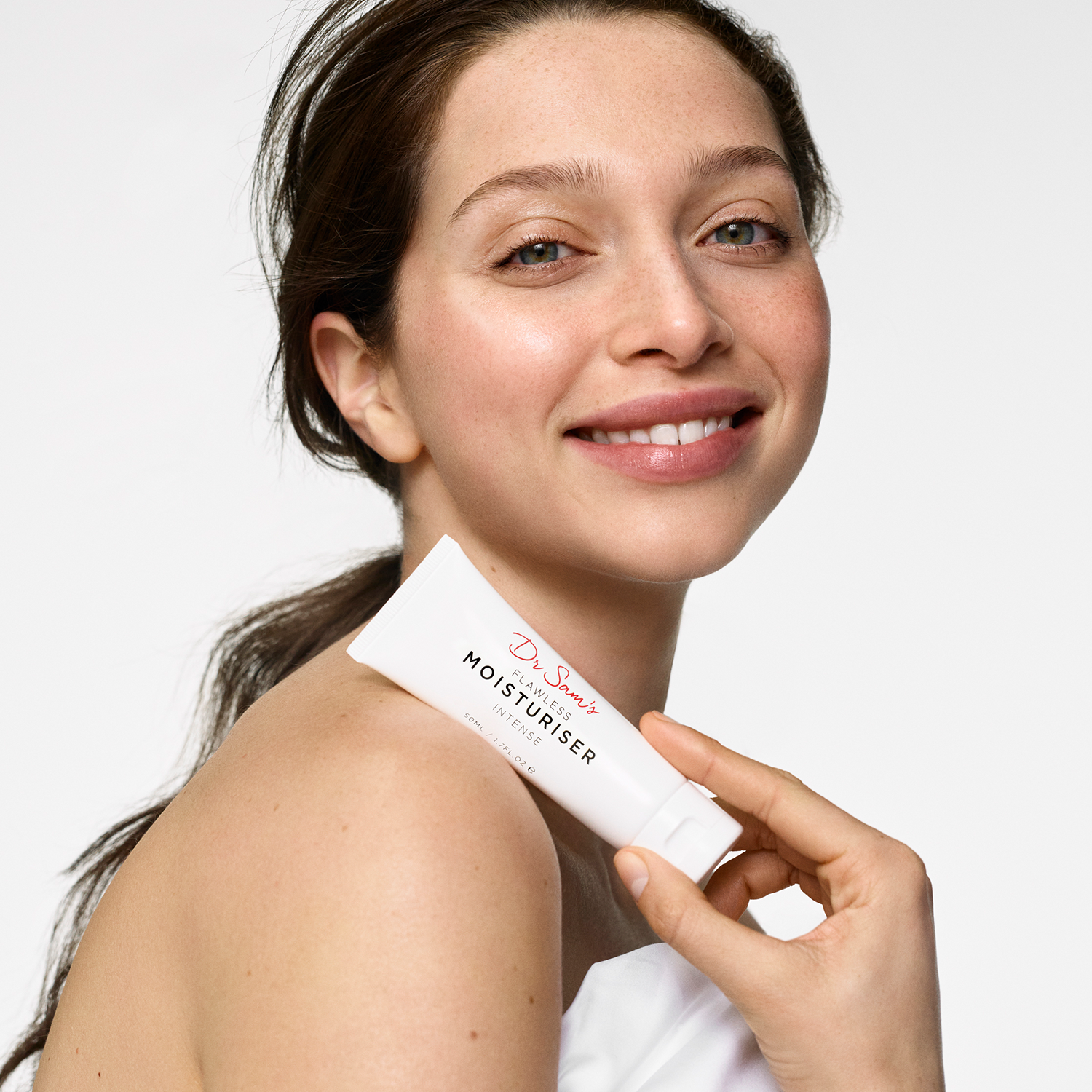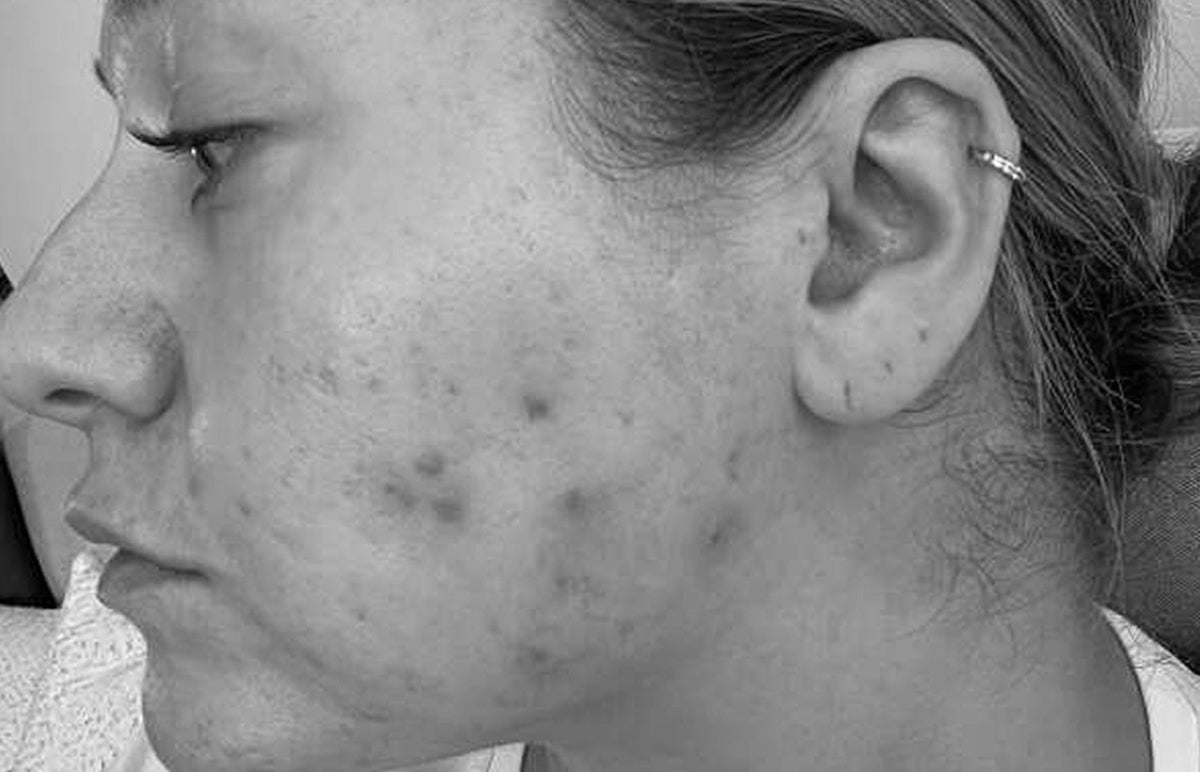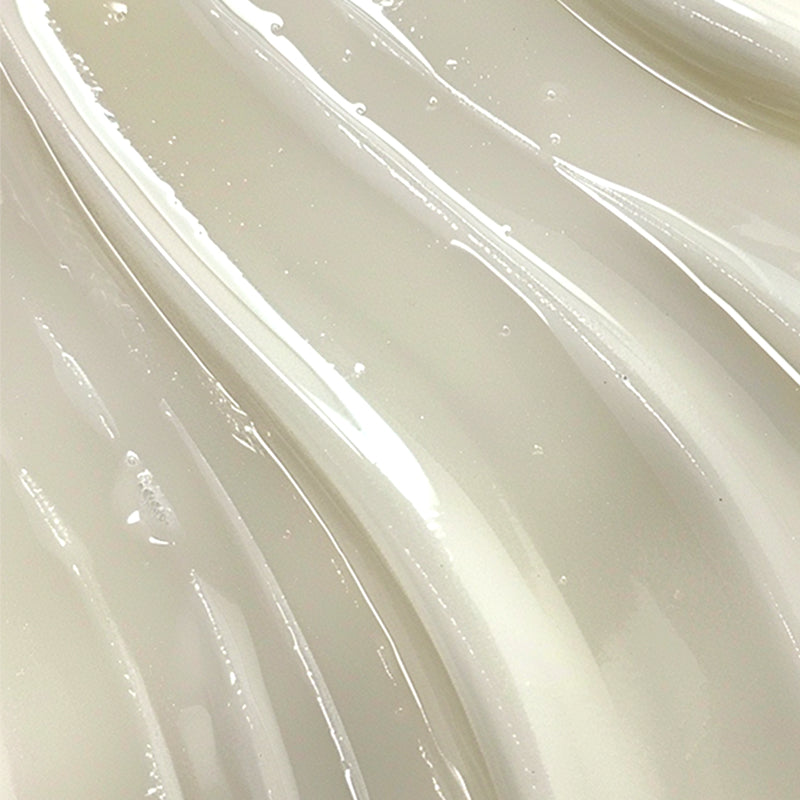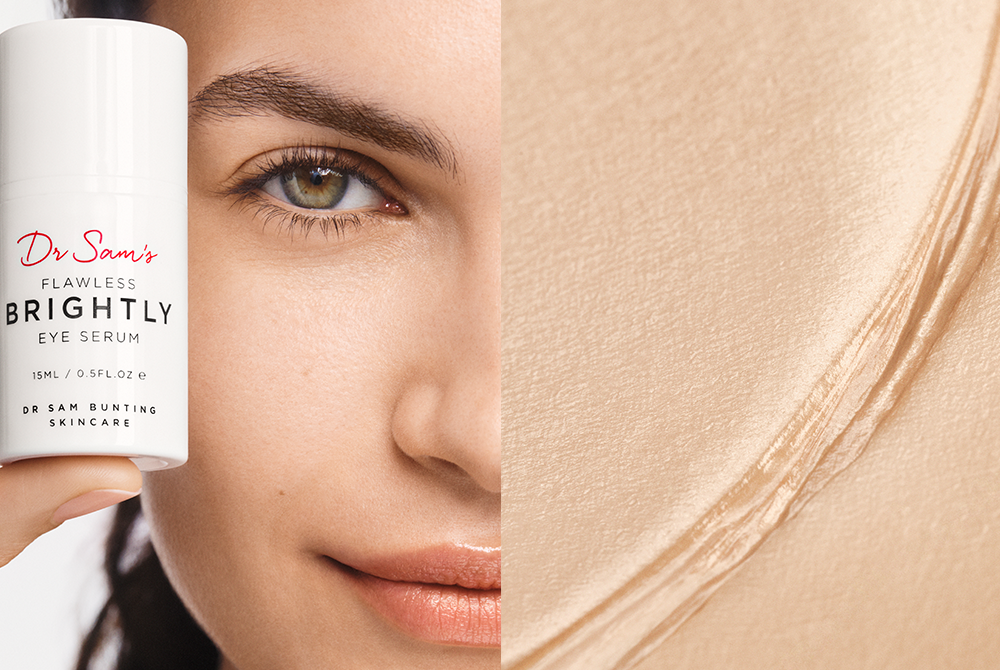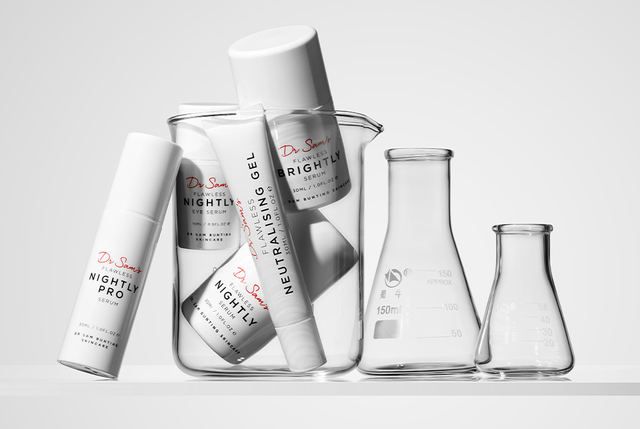In expert hands, Botox is truly one of the most powerful treatments for allowing your beauty to shine through. As Botox blocks signals from the nerves to the muscles, the injected muscle relaxes and therefore, over time, that inaction results in smoothing of lines and wrinkles as the skin ‘rests’.
It’s undoubtedly the treatment I do the most of in the clinic and whilst injectables can seem scary when considering trying them for the first time, when done well Botox just makes you look like the best version of yourself - without the tension!
When debating whether to start your Botox journey, patients often have a lot of questions about when Botox is right for them and, indeed, whether it’s the right treatment.
It can be really helpful to have a framework for approaching treatments when you’re unsure - so if you’re contemplating having Botox, these are the 6 questions to ask yourself before taking the plunge!
Am I getting lines appearing at rest that don’t disappear when I relax my face?
During a Botox consultation, the first thing I do when I’m examining a patient for suitability is to determine whether they have static or dynamic lines.
Dynamic lines are caused by repetitive facial expressions such as smiling, frowning and squinting but these types of lines don’t stick around when you relax your expression. On the other hand, static lines refer to the lines that remain even when our face is in neutral. As we age, and our skin loses elasticity, these dynamic lines become more permanent and visible.
The most common areas we target are horizontal lines on the foreheads, frown lines between the eyebrows, crows feet around the eyes, vertical “barcode” lines on the upper and lower lip border, but we can also target a less than crisp jawline, downturned corners of the mouth and vertical bands on the neck.
When you raise your eyebrows or frown, is there a line left behind when you stop the movement? If the answer is yes, then Botox is on the menu.
Do the lines bother you?
When it comes to fine lines and wrinkles, you always have to ask yourself whether they’re a true concern. Beauty standards often hold us to unrealistic standards but visible signs of ageing are completely natural and it’s OK if you want to retain your lines.
I have patients who only ever treat their frown lines, which is often considered an indicator of dismay or frustration, and tends to be the first area that bothers most people. It may be that they like the lines around their eyes as these are positive and that’s just fine.
Is there an alternative to Botox?
I’m often asked if it’s reasonable to try a skincare approach first. With my patients, this is a given as we always discuss skincare before doing anything else.
Thickening up the skin through collagen stimulation will often make an impact on forehead lines and help with crows feet around the eyes which makes the skin more crease-resistant in the first place. Think of the difference between fine silk versus cardboard! When your skin is thinner - like silk - it can crease far more easily.
Having said that, for well-entrenched facial movement patterns like frowning which are often started at an early age as we mimic our parents. These actions are almost hard-wired and an intervention may well be needed to break the habit.
Is there a medical reason not to have Botox?
Botox is a very safe treatment and while there aren’t many common contra-indications, pregnancy and lactation are perhaps the most common reasons not to treat with Botox.
There are rare contra-indications, such as neuromuscular disorders like Myasthenia Gravis and certain drugs, like muscle relaxants and aminoglycoside antibiotics so make sure your consulting physician takes a thorough history first.
Is there any risk from an anatomical standpoint?
It’s crucial that your consulting physician has a detailed look at your face to ensure that your own natural anatomy doesn’t have implications for treatment.
For example, if someone already has heavy brows but is concerned by horizontal forehead lines, Botox can sometimes make matters worse.
Facial asymmetry can also be exacerbated when Botox is administered without the natural anatomy being considered. While this is all quite nuanced, it is very important to discuss everything thoroughly with your physician before starting treatment.
Taking good quality pictures of the face at rest and in motion before treatment is imperative so any pre-existing concerns like this are pointed out beforehand.
Is there a timeline relating to having treatment?
It’s very important to time your first treatment carefully especially if it’s for a big event, such as a wedding or birthday.
I’d urge you to trial it at least once before the big day so you know what to expect from the outcome and be aware that you’ll have to wait for the results to kick in as the peak benefit is after about 2 weeks - Botox doesn’t give the immediate gratification of something like fillers.
If you have significant lines at rest, do also be aware that those lines don’t disappear overnight; they lessen with time and good skincare. The big bonus is that with less movement they draw less attention to themselves.
I hope this pre-Botox checklist has been helpful. If you work through these questions, you’ll hopefully come to the right decision about when and whether Botox is right for you.

